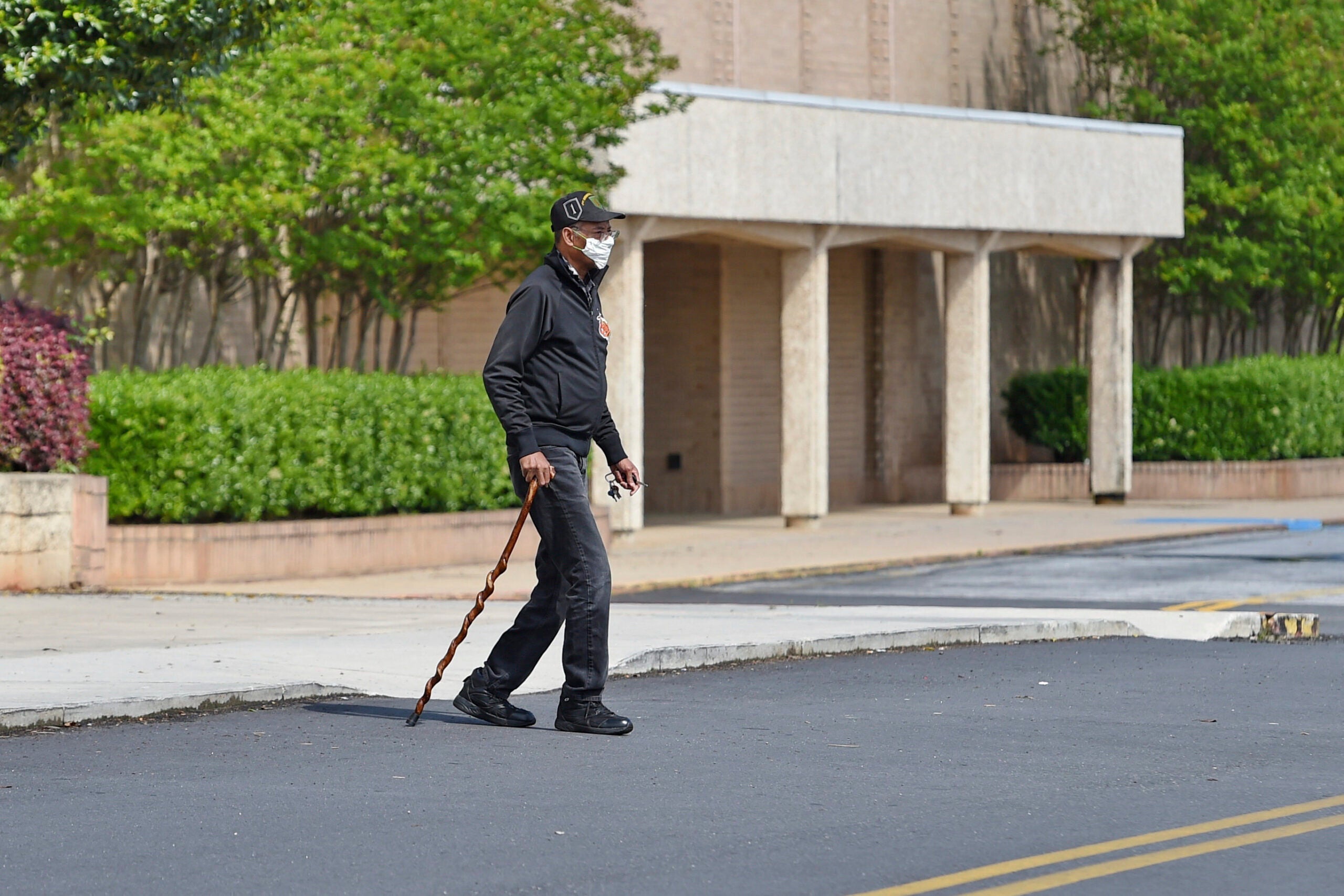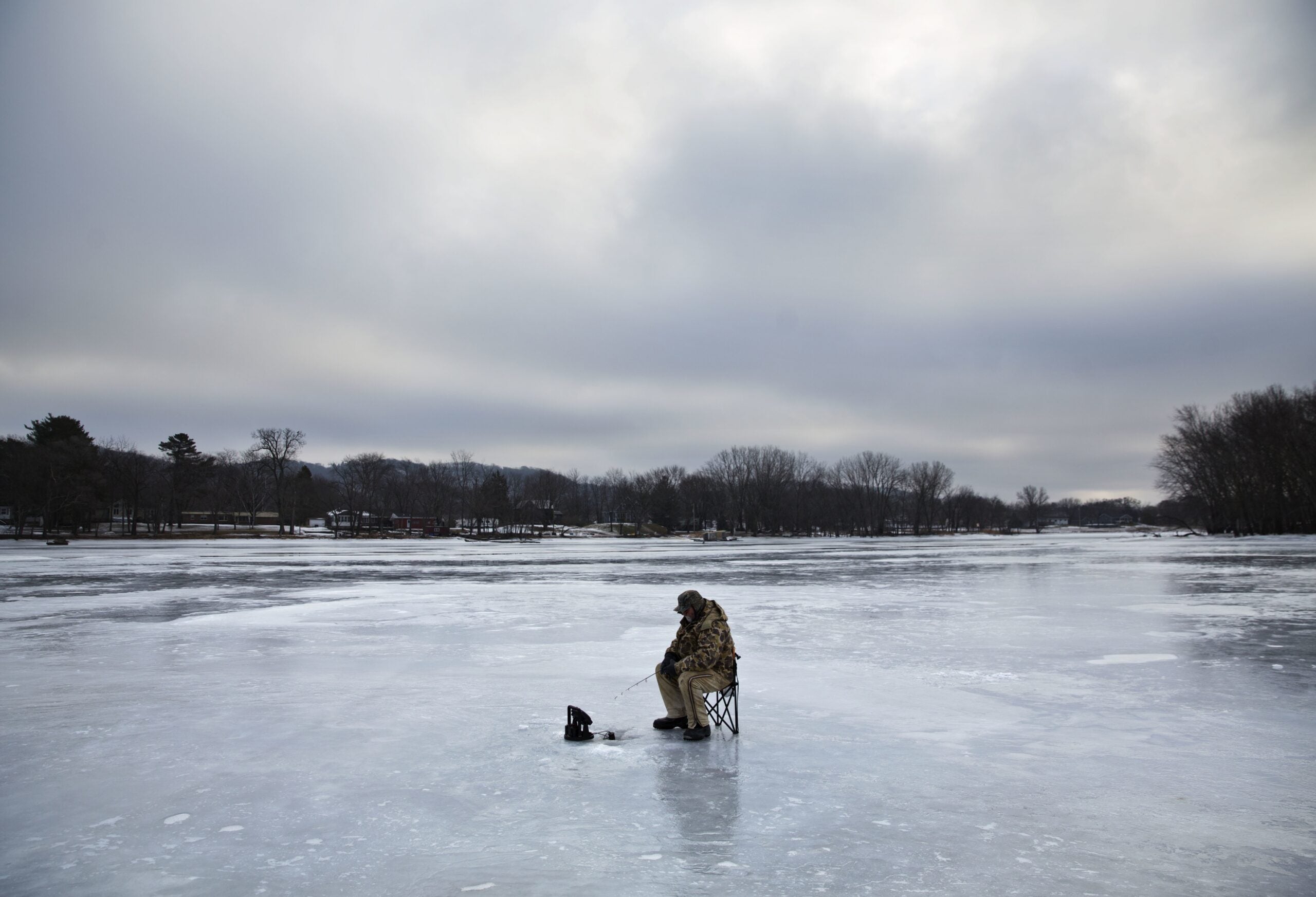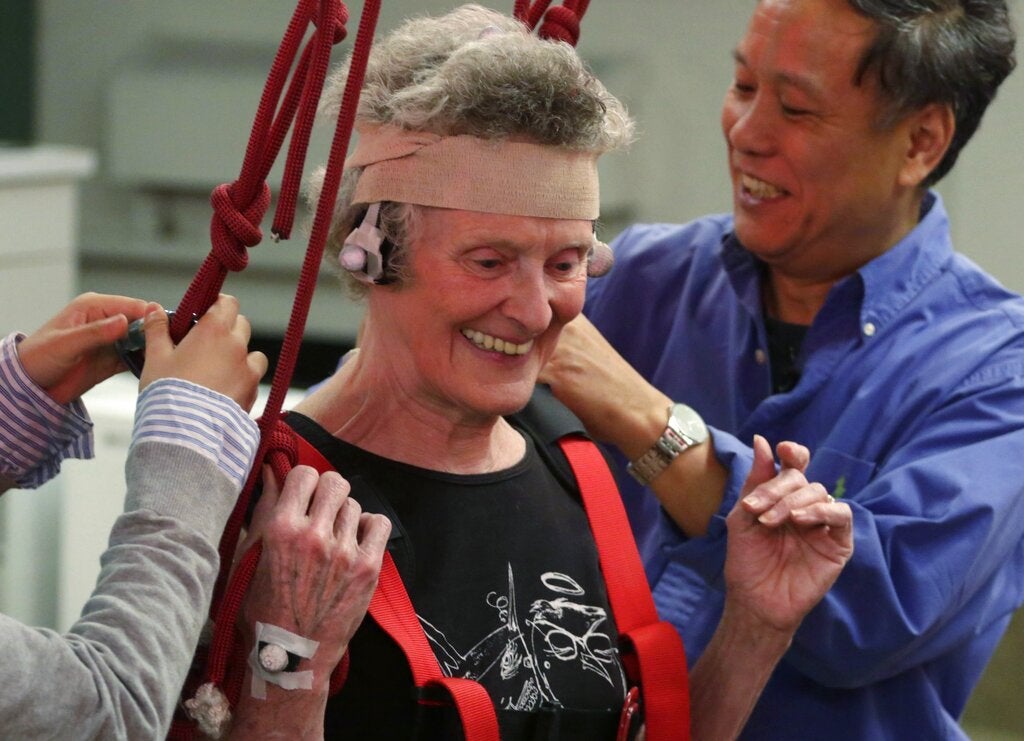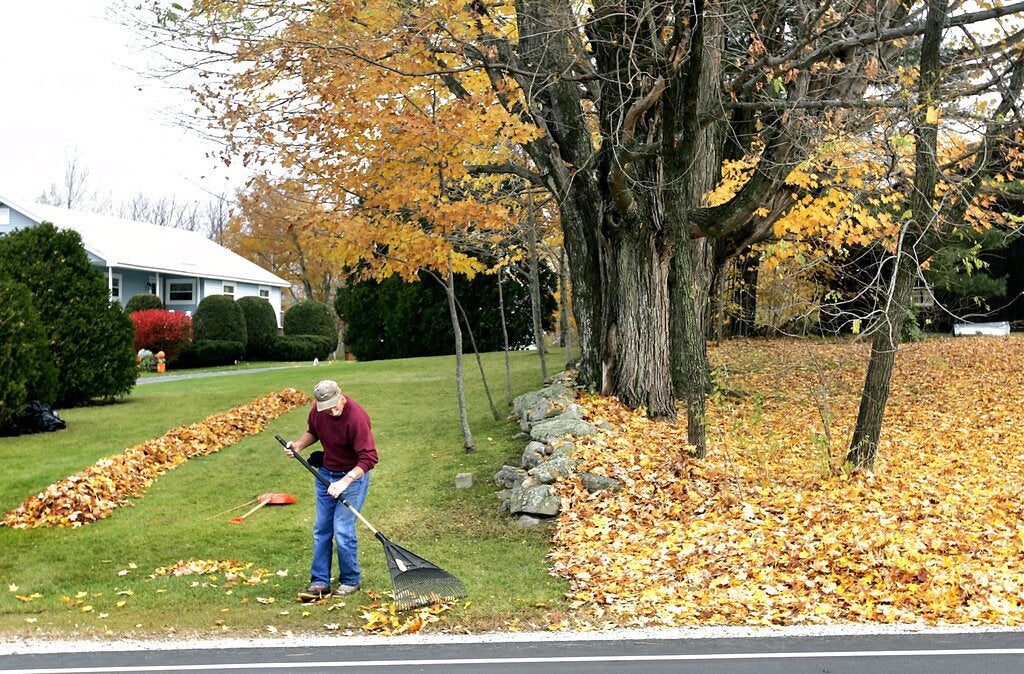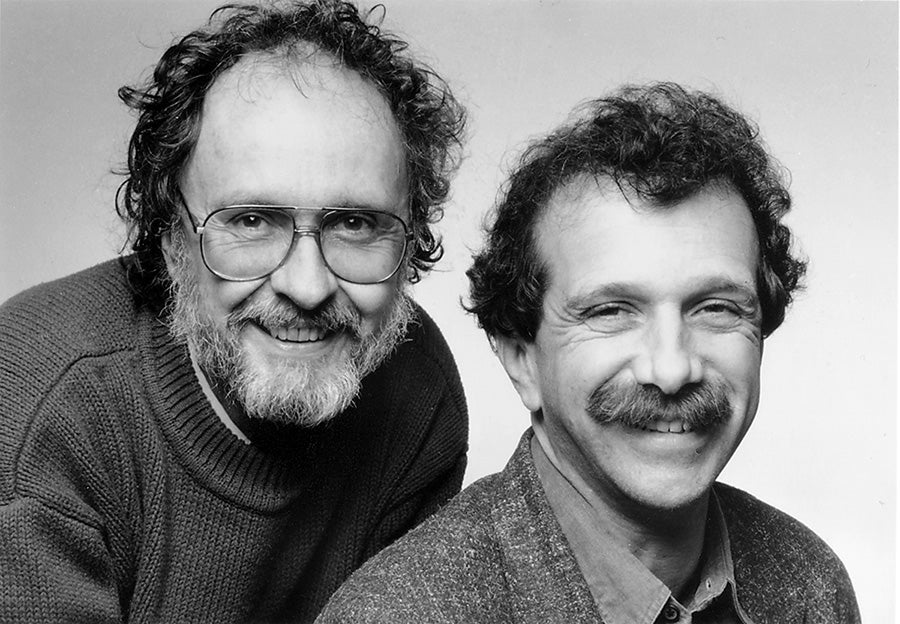More older Wisconsinites die from falls than vehicle crashes, according to the state’s Department of Health Services.
“Falls definitely hurt our independence. (Falling) hurts our health and our finances,” said Jill Renken, executive director of the Wisconsin Institute for Healthy Aging.
Falls are common. But the good news is they’re not a normal part of aging, Renken said. There are many steps you can take to avoid a fall.
News with a little more humanity
WPR’s “Wisconsin Today” newsletter keeps you connected to the state you love without feeling overwhelmed. No paywall. No agenda. No corporate filter.
One way to reduce your risk of falling is to add movement into your everyday life. That might look like doing a few squats or side lunges as you watch TV or wait for water to boil.
“We’re built to move, and the more we’re moving in different ways, different directions, the stronger we’re going to be, the more our joints are going to be flexible,” said Susan Frikken, a physical therapist and co-founder of Ballroom Basics for Balance.
September is Falls Prevention Awareness Month in Wisconsin, and Larry Meiller sat down with Renken and Frikken to talk about exercising for fall prevention.
The following interview has been edited for brevity and clarity.
Larry Meiller: Susan, how does physical activity play a role in fall prevention?
Susan Frikken: When we move, we have to use our brains. There’s something we call “dual tasking.” It’s doing two moderately difficult things at the same time. One with your brain, one with your body — like dancing, for example. It helps us to respond to our world. If I have to zip out of the way of something quickly while I’m walking down the street, I’m going to be able to because I’ve practiced it while dancing. Practicing helps us move better.
We tend to get afraid. We lose our confidence, and then we forget that we can actually do things for ourselves. We can get up off the floor, and we have what it takes. If we practice just a little bit — it doesn’t take a lot — then we know we’re going to be okay.
LM: How do you know when it’s time to get medical attention after a fall?
Jill Renken: Right away. We know from our statistics that even falls that don’t have injuries attached to them are an indicator that there’s something else going on that you can do; something to prevent.
You can get a falls risk assessment from your healthcare provider or from a physical therapist. Anytime you fall, you’re going to have decreased confidence. You’re going to have potentially increased fear that you’re going to fall, and that then leads to more falls.
LM: What kinds of strength and balance exercises are effective in preventing falls?
SF: It doesn’t have to be a whole lot. The exercise you choose has to have strength training and a variety of movements. We have to practice balance while our bodies are still and practice balance while we’re moving. We call this static balance and dynamic balance. So, strength is a big one, especially in the hips, the thighs, feet and the ankles. Core is really important, too.
What if you “snack on exercises?” That’s my favorite way to say it, because I love eating and I love snacks. Snacking on exercises means five minutes here, 10 minutes there. If you do that all day, all week, all month, that adds up and it makes a difference. We know that three hours a week is what it takes by research. I dare you to stand up and sit down three times for every one time you go to your chair.
The other really important thing about improving your balance is you have to progress. If you can sit and stand three times easily, that means you can add on by picking something up as you stand. Everybody’s going to be a little different!
LM: What are some more examples of the little exercises that we should be doing?
SF: When you’re standing waiting for anything, instead of complaining, “Oh, I have to wait for the teapot,” put your hands on the counter and lift your leg up and down, to the side or behind you. Step sideways instead of just going forward; that will make your hips stronger. You can do little mini squats. As you stand, move up and down on your toes, and then lift your toes. These are just little things changing the way that you’re already doing something.
LM: Jill, want to mention your website, too. It was fun for me to visit. Talk about what’s on there.
JR: Fallsfreewi.org has everything that we’ve been talking about today. You can take a falls risk assessment and then learn more about all the factors that can cause a fall and how to reduce your risk.
mlr240905-CN-FALLPREVENTION.mp3Listen to the rest of Larry’s conversation with Jill Renken and Susan Frikken here.

